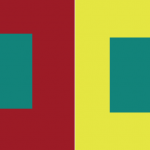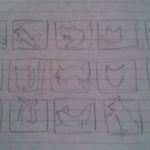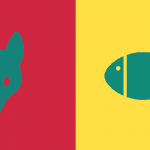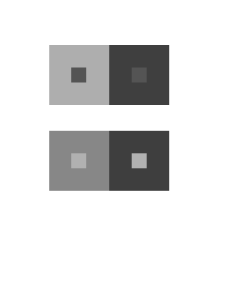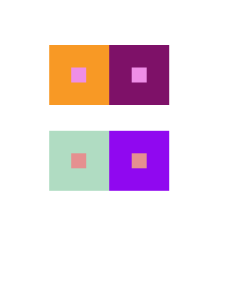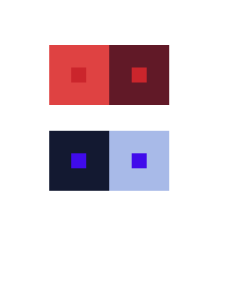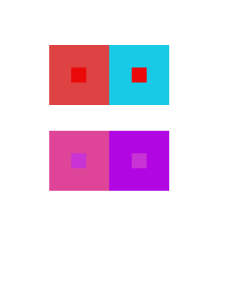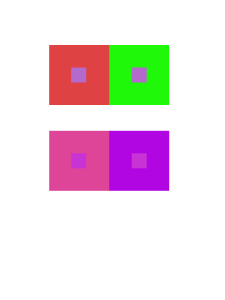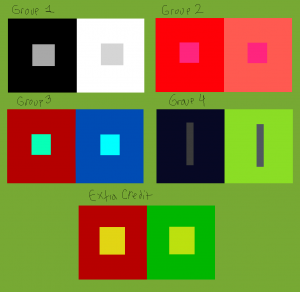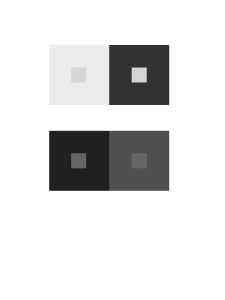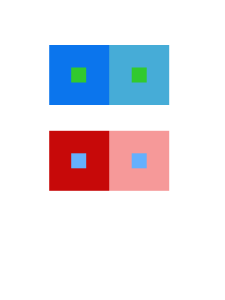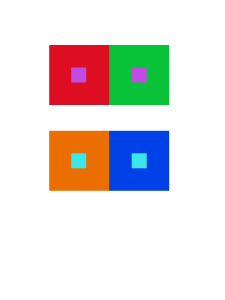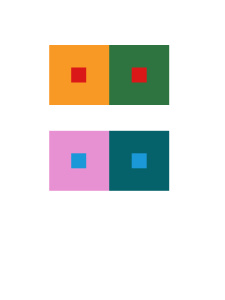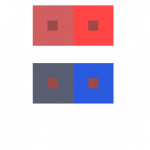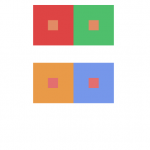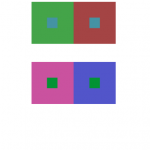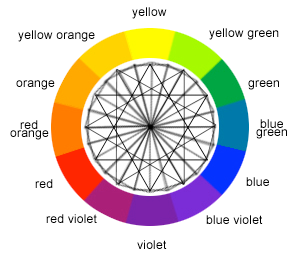Based on the articles presented, it seems that color, which was once thought of as a constant, is in fact, relative. According to Josef Albers in The Magic and Logic of Color;
“In visual perception a color is almost never seen as it really is”
So color is subjective, meaning in one way or another we all see color a little bit differently than the person next to us. from what I was able to gather based on my very small knowledge of color theory, it appears that having your color, lets say a green, beside or surrounded by a darker color, preferably one very different from it, such as a black, can make the color look darker, than if it had a white background, and comparing them, it almost tricks your brain into seeing one darker or lighter than the other.

